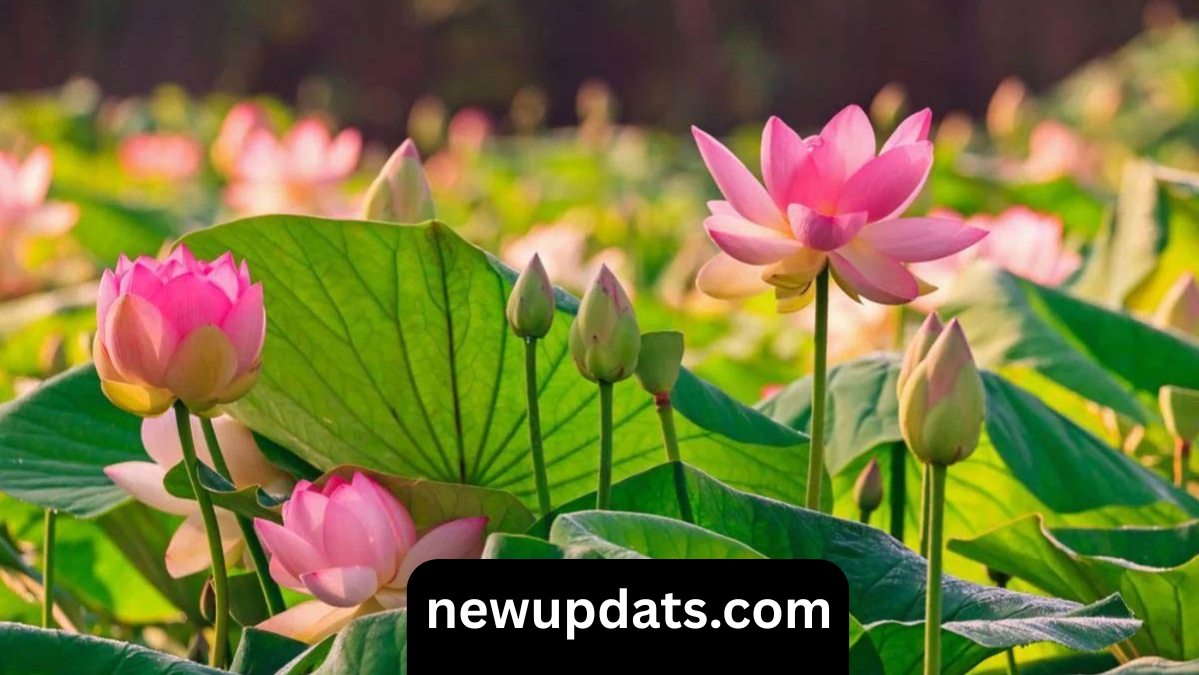Introduction to the Boylecheloid Flower
The Boylecheloid flower is one of those rare botanical wonders that has captured the curiosity of plant lovers, gardeners, and researchers alike. With its unique name and intriguing characteristics, this flower has steadily gained attention as more people become fascinated by unusual plants. While it may not yet be as widely recognized as roses or lilies, the Boylecheloid flower has carved its niche in the world of horticulture.
What makes the Boylecheloid flower especially interesting is how little mainstream information is available about it. This has turned it into something of a mysterious plant that sparks conversation. When people come across it, they often ask: Where does it come from? What does it symbolize? How is it grown? These questions highlight both the scarcity of knowledge and the strong desire to learn more.
For plant enthusiasts, discovering flowers like the Boylecheloid is like uncovering hidden treasures. It opens up a whole new appreciation for biodiversity and the creativity of nature. In fact, many gardeners consider cultivating rare plants like this one as a way of connecting with something unique and personal, far away from the standard choices found in commercial nurseries.
Origins and Background of the Boylecheloid Flower
The name “Boylecheloid” itself has an exotic and almost scientific ring to it. While the exact origins of the flower are still under debate, botanists have noted that plants with such unusual naming patterns often trace back to rare hybrids or regional discoveries. Some believe that the Boylecheloid flower may have been first identified in specialized botanical collections before gradually entering broader gardening circles.
Unlike common flowering plants that are documented extensively, the Boylecheloid flower has more of an underground presence. It doesn’t appear in every gardening book or online catalog, which adds to its air of exclusivity. It’s often passed down through word-of-mouth from collectors, local horticultural societies, or niche plant sellers. That rarity has created a sense of prestige among those who manage to grow it successfully.
The flower’s background is also tied to cultural intrigue. Certain folklore mentions flowers with names similar to Boylecheloid, often symbolizing resilience, transformation, or mystery. While it’s difficult to say how much of this directly applies to the modern Boylecheloid flower, the overlap between myth and horticulture only deepens its charm.
Unique Characteristics of the Boylecheloid Flower
One of the first things people notice about the Boylecheloid flower is its striking appearance. Unlike more traditional flowers, it doesn’t follow the usual symmetry or petal formation. Instead, it has a slightly unconventional look, which might initially seem unusual but quickly grows on you. Its petals often have bold color contrasts, making it stand out against more familiar blooms.
Texture also plays a big role in its uniqueness. The Boylecheloid flower often displays a layered, almost sculptural form. Its petals can appear slightly thicker or more structured compared to delicate blossoms like daisies or poppies. This makes it an excellent choice for creating visually dramatic gardens or floral arrangements that aim to surprise and captivate.
Another fascinating feature is its fragrance—or in some cases, the lack thereof. Unlike heavily perfumed flowers such as jasmine or gardenias, the Boylecheloid flower tends to carry a subtle scent. This quality makes it appealing to people who appreciate beauty without the overwhelming intensity that some flowers bring. It’s one of those plants you admire for its look and presence more than its aroma.
Symbolism and Cultural Relevance
Flowers often carry symbolic meaning, and the Boylecheloid flower is no exception. Many who encounter it associate the bloom with ideas of individuality and rarity. After all, not every garden has one, and not every person even knows it exists. This sense of exclusivity makes it a symbol of uniqueness and personal expression.
In some cultural interpretations, the Boylecheloid flower is linked to resilience. Its unusual structure suggests a plant that defies norms and thrives in its own way. Gardeners who grow it sometimes feel that it reflects their own personality—independent, unconventional, and willing to stand apart from the crowd.
Beyond symbolism, it also carries a certain modern appeal. In today’s age of customization and individuality, owning or displaying a Boylecheloid flower feels almost like making a statement. It says, “I appreciate the unusual. I embrace the rare.” That cultural relevance has made it a talking point in both physical gardens and online plant communities.
Growing and Caring for the Boylecheloid Flower
Cultivating the Boylecheloid flower can be a rewarding yet slightly challenging process. Like many rare plants, it requires attention to detail and a willingness to experiment. Gardeners often note that soil quality is key—the flower thrives best in well-draining soil that balances moisture with aeration. Without the right foundation, the plant can struggle to establish itself.
Sunlight is another critical factor. The Boylecheloid flower typically prefers moderate exposure, meaning it should get some direct sunlight but also enjoy shaded relief during the hottest parts of the day. Too much harsh sunlight can scorch its delicate petals, while too little light can stunt its growth. Striking that balance is part of the art of caring for it.
Watering routines should also be carefully managed. Overwatering can cause root issues, while underwatering can leave the flower looking lifeless. Gardeners often recommend a steady but moderate watering schedule, adjusting based on the local climate. With proper care, the Boylecheloid flower not only survives but flourishes, rewarding the grower with its unusual beauty.
The Boylecheloid Flower in Modern Gardening
In recent years, the Boylecheloid flower has found its place in modern gardening trends. With the rise of social media platforms dedicated to plants, people are constantly on the lookout for new and unique species to showcase. The Boylecheloid fits perfectly into this trend, offering something different from the usual roses and tulips that dominate feeds.
Landscape designers are also beginning to incorporate it into their projects. Its distinct appearance adds a sense of artistry to gardens, making it a favorite for creative planting schemes. It works especially well in contrast-based designs, where its bold structure can be highlighted against softer, more traditional plants.
For home gardeners, growing a Boylecheloid flower has become a source of pride. Sharing photos of it online or showing it to visitors often sparks curiosity and admiration. It’s more than just a plant—it’s a conversation piece, a hobby, and a symbol of being part of a community that values botanical diversity.
Conclusion: Why the Boylecheloid Flower Matters
The Boylecheloid flower may not yet be a household name, but its impact on those who encounter it is undeniable. It represents the beauty of rarity and the allure of the unknown in the plant world. Whether appreciated for its visual uniqueness, symbolic meaning, or role in modern gardening, it has earned a special place among rare blooms.
For anyone looking to expand their gardening journey, exploring plants like the Boylecheloid flower is a step toward deeper appreciation of nature’s creativity. It reminds us that not all beauty follows traditional patterns, and sometimes the most memorable things are those that stand apart.
In a world where so many flowers look familiar, the Boylecheloid flower offers something refreshingly different. It’s not just another plant—it’s an experience, a story, and a reminder that nature still has countless secrets waiting to be discovered.




